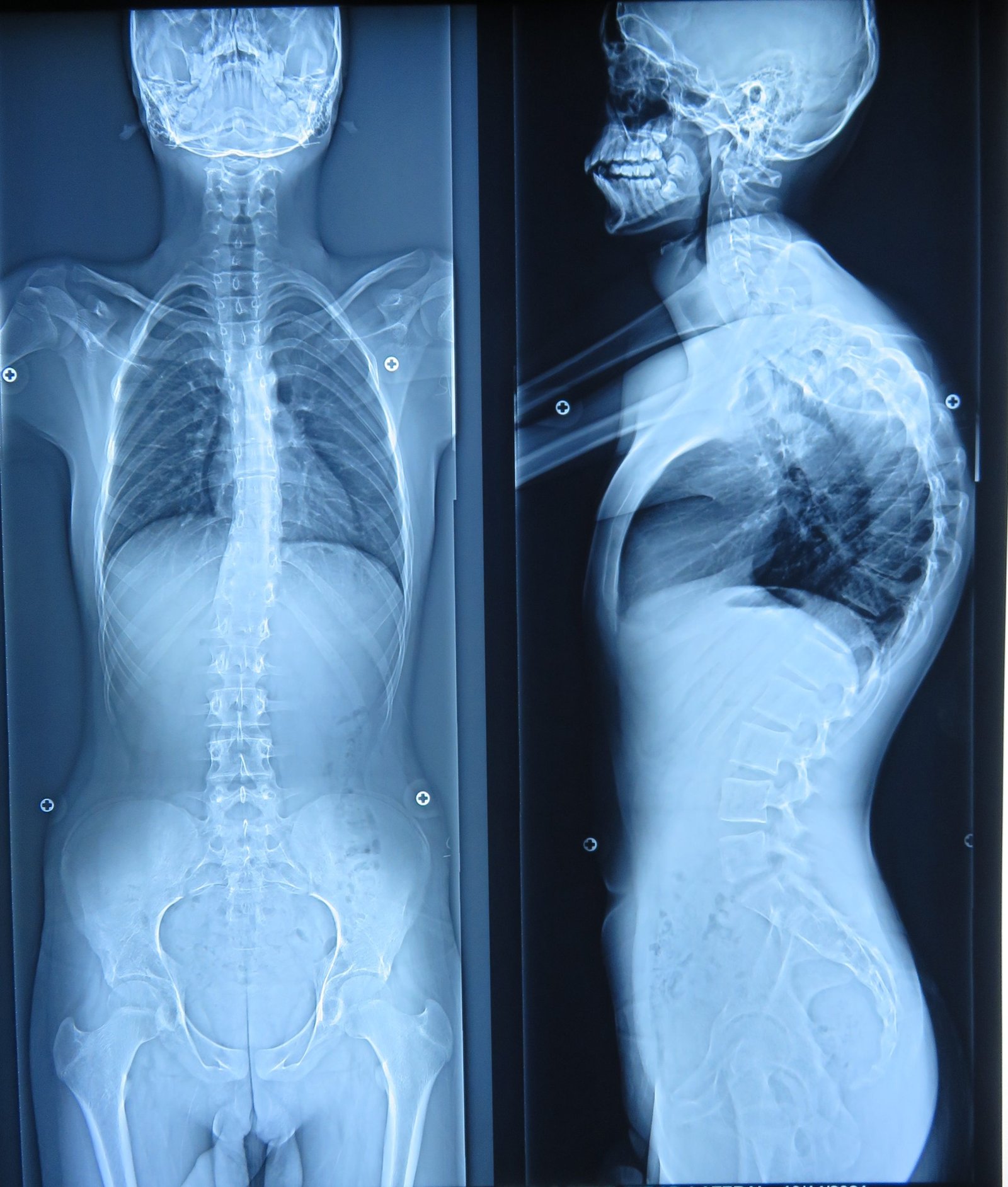

Symptoms
-
A noticeable hump or rounded back
-
Stiffness and back pain, especially after physical activity or prolonged sitting
-
Fatigue, as the body works harder to maintain posture
-
Reduced flexibility in the spine
How Is Scheuermann’s Disease Diagnosed?
Dr. Shankar Acharya, with over 30 years of experience, uses a thorough process to diagnose Scheuermann’s Disease:
-
Medical History: Understanding symptoms and family history.
-
Physical Examination: Observing posture, flexibility, and spinal alignment.
-
Imaging Tests: X-rays to measure the curvature and detect the wedge-shaped vertebrae.
Treatments Available
1. Conservative Treatment
-
Physical Therapy: Exercises to strengthen back muscles, improve flexibility, and reduce pain.
-
Posture Training: Learning proper posture habits to relieve strain on the spine.
-
Pain Management: Over-the-counter medications for discomfort.

Living with Scheuermann’s Disease (Some Tips):
-
Stay Active: Gentle exercises and stretches can improve your spine’s health.
-
Avoid Heavy Lifting: Protect your back from unnecessary strain.
-
Regular Check-Ups: Consult a spine specialist like Dr. Shankar Acharya for personalized advice and treatment.


